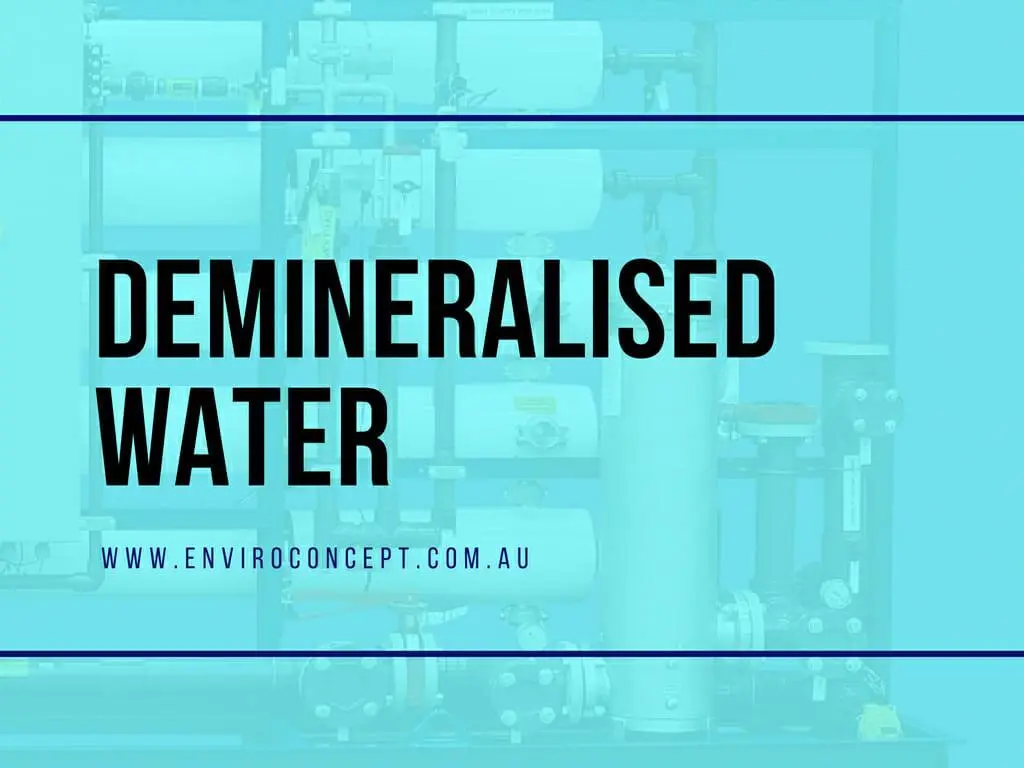
Demineralised water is water of which the minerals or salts are removed. It is used in applications where water with low salt content or low conductivity is required. Some examples are: boiler feed water, the pharmaceutical industry, the electronics industry, the food and beverage industry, and other industrial applications.
Demineralisation is the process of removing dissolved minerals or salts from water using one of the following water treatment processes: reverse osmosis, distillation and electro deionisation. The amount of dissolved solids in water that has followed one of these processes could be as low as 1 ppm (mg/L) and is in any case always less than 10 ppm. The electrical conductivity is generally less than 2 mS/m and maybe even lower (< 0,1 mS/cm).
Membrane Filtration
Demineralisation using membrane filtration technology such as Reverse Osmosis is also known as desalination. RO uses applied pressure to push water through a semipermeable membrane to remove dissolved minerals and salts as well as bacteria, viruses, and other organic matter resulting in a very pure demineralised water.
Deionisation
Deionisation of water involves the removal of dissolved minerals and salts by using specially manufactured ion-exchange resins which exchange hydrogen and hydroxide ions for the cations and anions present in the water such as sodium, calcium, iron, copper, chloride, sulphate, etc. Deionisation does not significantly remove uncharged organic molecules, viruses or bacteria.
Enviroconcepts understand that each industry will have different demineralised water needs. Our fully trained consultants are available to discuss with you which option will best suit your industry, budget and any other queries you may have. Contact us HERE for an quick and easy online quote.
